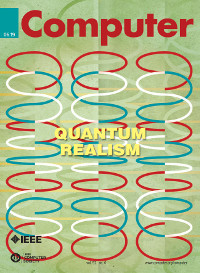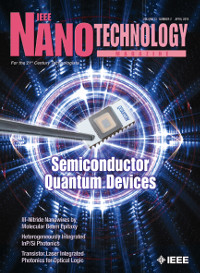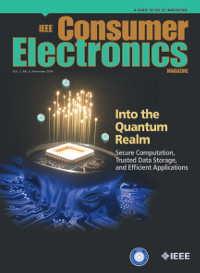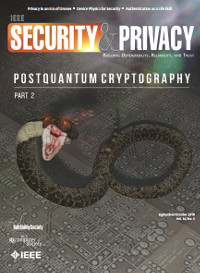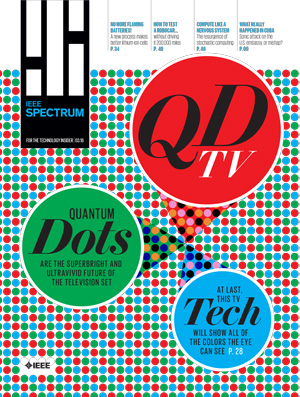Publications
|
On this page: |
![]() Search IEEE Xplore for articles on Quantum Computing
Search IEEE Xplore for articles on Quantum Computing
IEEE Calls for Papers
IEEE Transactions on Quantum Engineering (TQE)
General Call for Papers
IEEE Journal of Quantum Electronics (JQE)
General Call for Papers
IEEE Journal of Selected Topics in Quantum Electronics (JSTQE)
Current Calls for Papers
IEEE Publications on Quantum Computing
IEEE White Papers & Reports
IEEE Quantum Computing Summit White Paper
IEEE Future Directions - August 2018
The IEEE Future Directions Committee has a long history of working with industry, academia and national laboratories to use its role as an impartial player to catalyze the development of important new technologies. The Committee brings together stakeholders for meetings in new areas of interest to the IEEE to determine where the Institute might make a contribution. Once the meeting has concluded, the Committee uses a summit output whitepaper to help it decide what technologies to incubate.
This whitepaper is the output of an IEEE Future Directions Quantum Computing Summit (QCS), held in Atlanta, GA, USA in August 2018. It was attended by 40 major players in quantum sciences from both the public and private sectors.
The summit chairs are Travis Humble and Erik DeBenedictis.
Download the white paper (PDF, 205 KB)
An IEEE Framework for Metrics and Benchmarks of Quantum Computing
Recent experimental demonstrations of quantum computing have passed significant milestones in the design, fabrication, and operation of small-scale quantum computing devices. These advances underscore the need to track technical progress in this field and to forecast future developments in quantum engineering research. Such insights are necessary to guide the decisions of policy makers and technology stakeholders as well to monitor the overall growth of the quantum research community.
The IEEE Rebooting Computing Initiative is requesting comments on the document “An IEEE Framework for Metrics and Benchmarks of Quantum Computing,” Version 0.2. The purpose of the document is to outline a framework by which the continuing progress in quantum engineering can be monitored by the broader quantum computing community. Comments on the proposed scope, structure, and implementation of the framework from all parts of the quantum computing community are welcome.
Download the published document: An IEEE Framework for Metrics and Benchmarks of Quantum Computing (PDF, 116 KB)
Related Articles
'Rebooting Communications' - A Quantum-Domain Perspective
By Soon Xin Ng and Lajos Hanzo
As we approach nano-scale integration on the wings of Moore’s Law, ’Quantum Engineering’ is becoming a buzzword, since at this scale signal processing is departing from the law of classical physics and enters the realms of quantum physics. We would still have the option of accommodating the ever more sophisticated signal processing solutions on larger chip areas without increasing the integration density, but the yield would be reduced and the chips begin to break up. Another alternative for the research community is to ’reboot communications’ and start the new era of ’Communications V 2.0’. This journey has to start with the understanding of some of the basic postulates of quantum physics - but you do not have to become a quantum physicist! Feynman suggested that instead of mapping the classical bits to 0 and 5 Volt, we map them for example to the spin or charge of an electron. The story unfolds by understanding this mapping operation, the transmission and reception of our new information bearer as well as the mitigation of the deleterious propagation, storage and signal processing effects. Since the resultant quantum information is much more sensitive to environmental impairments than the good old classical bits, sophisticated transmission and processing techniques have to be conceived under ’Communications 2.0.’ But as a benefit, perfectly secure communications becomes possible even in the face of malicious eavesdroppers. So, let the journey begin!
Read more (PDF, 376 KB)



